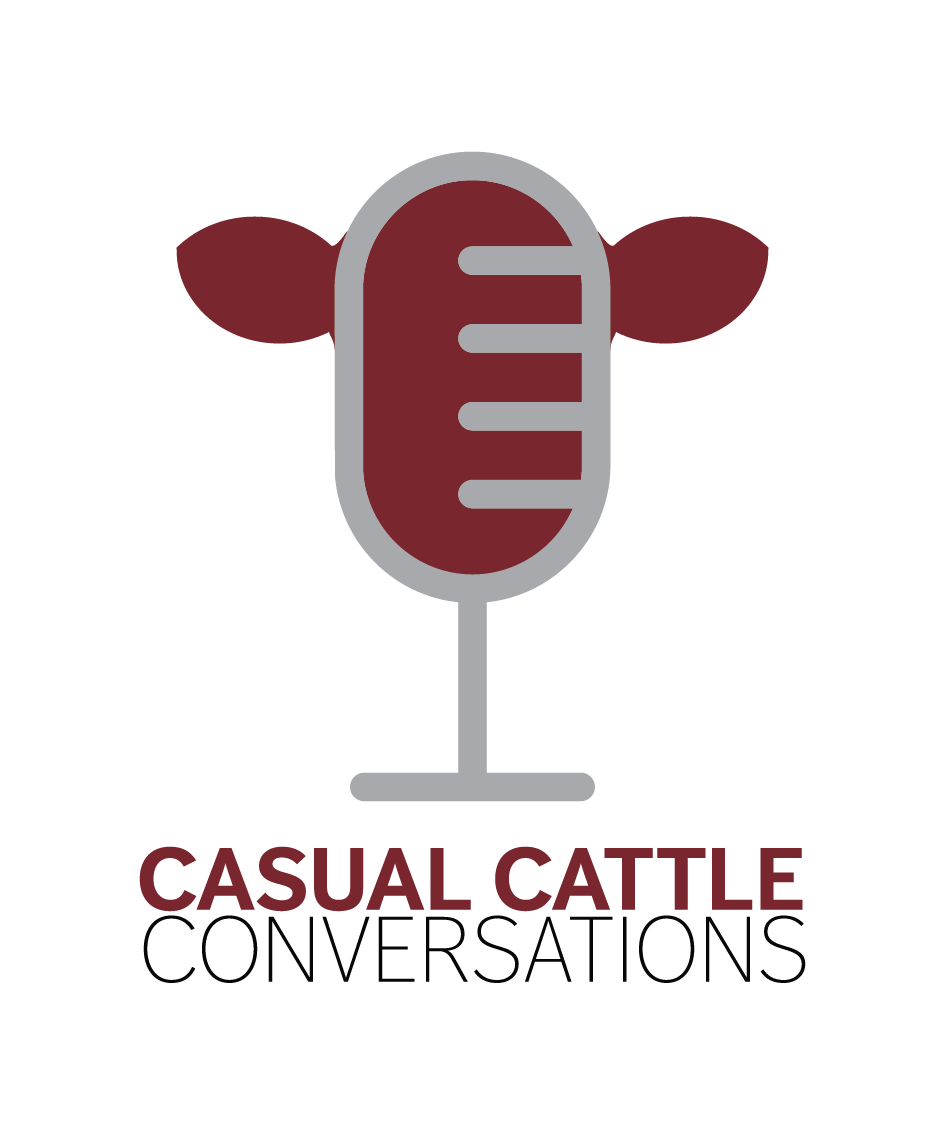Alternative Ranch Revenue: Does Influencing pay off?
Coming back to the ranch doesn’t come without a price. More often than not it may require adding a new enterprise to pay for an additional salary, or holding down a job in town to make up the difference.
However, the rising generation of ranchers has become more creative with ways to create this alternative revenue and still ranch through the use of online platforms and social media.
Tucker Brown is one example of how social media influencing has created a positive impact on the ranch and his family.
““I could either come back if there was a job available or I could come back with a business plan to grow the ranch to bring more income to pay for my salary,” says Tucker. “I kind of did a mixture of both those right away.” ”
Brown worked on the ranch as an employee and brought in additional revenue through a hunting enterprise before he got involved with social media.
He says, “During COVID… we couldn’t do the marketing that we normally do, so I fell towards social media to be able to get in front of people… and four years later, I’ve stumbled into having over 700,000 followers and I have one person hired to help me do that full time.”
The impact of social media has been greater than he could’ve imagined when he started.
“It started as earning an extra $50 here and there but as of this year, my wife can now stay home with our three girls instead because of social media,” says Brown.
Influencers can earn money on social media in a variety of ways including but not limited to: platforms paying for content engagement, brand partnerships and speaking opportunities.
“I do a combination of both platform payouts and brand partnerships,” says Brown. “More than 50% of the income would come from brand partnerships and I’ve been a stickler of trying to work with long-term brand partnerships that are products I already use.”
Being particular in which companies he works with helps increase his following by building increased authenticity.
He says, “People can read through any BS online. The more I am myself in the videos that I create, it helps me—and I have more fun doing it.”
Part of being authentic is being true to the type of content you create. For Brown, that’s “edutainment” content which is both educational and entertaining for his followers to engage with.
While this was a natural fit for Brown, he recognizes that it isn’t for everyone.
He says, “If you’re not the creative type or you don’t enjoy content creation, it’s probably not for you… and there’s a whole lot of other ways to get involved in advocacy besides social media.”
If you are the creative type, he encourages beginners to learn the process of storytelling.
“It’s so easy to get discouraged at the beginning because we feel like we have such a cool story to tell, but learning to tell that story is extremely important… doing things like Trailblazers or the Masters of Beef Advocacy really helped me relearn to tell that story,” says Brown
Posting on social media also requires the ability to sort through challenging comments.
““If you’re not ready for negative comments, that’s something to consider too,” says Brown. “I had to get used to it, but now it drives my fire because it means I’m reaching people who have not seen this side of agriculture.” ”
Social media influencing for additional revenue isn’t a short-term business venture, it’s one that requires commitment and the ability to adapt.
Brown says, “It is a long-term game. It doesn’t happen overnight… I’ve been doing social media for four years and I just now feel like I’m getting some really good traction.”
There’s a lot to consider before diving into the online world, but there are also a lot of benefits to be seen.
Listen to the full story on the Casual Cattle Conversations podcast.

